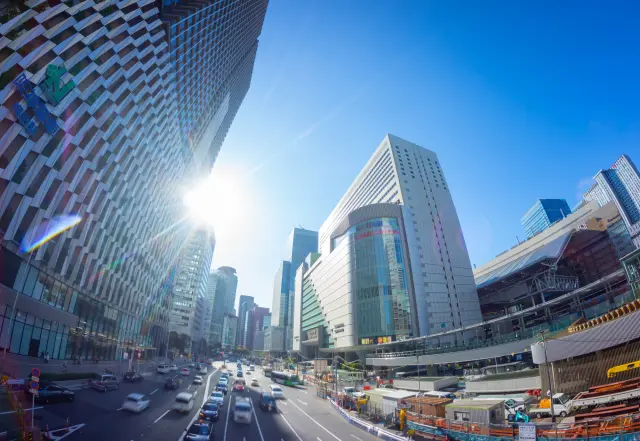 Search for Flights
Search for Flights
 Search for Hotels
Search for Hotels
 Check Exchange Rates
Check Exchange Rates
 Check the Weather
Check the Weather

©The KANSAI Guide
How much do you know about Kansai? Get to know Kansai before you visit Expo 2025 Osaka, Kansai, Japan! Kansai Super Speed Learning – History Edition.
Last update
What is Kansai?
Kansai is one of the major regional areas in Japan, encompassing cities such as Kyoto and Osaka. Generally, Kansai refers to a region that includes Kyoto, Osaka, Hyogo, Nara, Shiga, and Wakayama Prefecture. While the term 'Kinki Region' is also used, 'Kansai' often conveys a cultural connotation, centered around Kyoto and Osaka. However, for the purpose of our introduction as the Kansai Tourism Bureau, we include Fukui, Mie, Tokushima, and Tottori Prefecture within the scope of Kansai.
Situated in the heart of Honshu, Kansai is easily accessible from Tokyo by Shinkansen, taking approximately 2 to 3 hours. Historically, it has played a central role in Japan's history and culture, serving as the country's former capital. Kansai boasts six World Heritage Sites and is characterized by traditional and natural beauty, which extends across the entire Kansai region, with Kyoto as its core.
Kansai History Digest

©The KANSAI Guide
the ancient city of Kyoto
The Kansai region has long been at the heart of Japan's history and culture. Japan's first capital was in Kansai. It was located here from 710 until 794, in Nara, and from 794 until around 1869 in Kyoto, preserving various traditional cultures over its 1400-year history. In fact, in 2023, the Japanese government relocated the Agency for Cultural Affairs from Tokyo to Kyoto, highlighting the region's significance and its status as a treasury of historically valuable cultural assets. Out of the 25 World Heritage Sites in Japan, six are located in the Kansai area, and these sites were recognized at an early stage for their historical and cultural value, as part of the national recommendations. Now, let's explore some of the many historical and cultural sites and experiences in the Kansai region.
Kansai's World Cultural Heritage Sites

©The KANSAI Guide
Kansai's World Cultural Heritage Sites
The Horyu-ji Temple, located in Nara Prefecture, was founded in the year 607 AD and is considered the world's oldest surviving wooden structure. Several temple buildings within its grounds, including the iconic 32-meter-high five-story pagoda and the main hall with massive pillars, are registered as World Heritage Sites. Alongside Horyu-ji, Nara boasts other treasures like Todai-ji Temple with its famous 15-meter-tall Great Buddha, and Kofuku-ji Temple, home to four national treasure buildings and four national treasure Buddhist statues.
In the ancient city of Kyoto, you'll find a collection of 17 temples, shrines, and gardens designated as World Heritage Sites, including Kinkaku-ji (the Golden Pavilion) and the rock garden of Ryoan-ji.
Mount Koya in Wakayama Prefecture exudes a mystical ambiance. It was once a place of exile for many defeated samurai. On its mountaintop, you'll discover thousands of ancient graves, commemorating both famous and lesser-known warriors from history.
The Kumano Kodo is also renowned—a pilgrimage and trekking route that connects the sacred Ise Jingu and Kumano Sanzan, featuring ancient stone paths. The winding forest trails lead hikers across the mountains and rivers of Mie and Wakayama, offering a sacred and mysterious adventure popular with those seeking to follow in the footsteps of ancient ascetics and pilgrims.
Castles in Kansai

©The KANSAI Guide
Castles in Kansai
Kansai was a political hub during the Warring States period, with castles scattered throughout the region, where samurai played crucial roles in defending their territories. One of the most notable castles, designated as a national treasure and a UNESCO World Heritage Site, is Himeji Castle, a military stronghold of a feudal clan used during the Edo period (1603-1868). It's exceptionally well-preserved and a must-see.
Hikone Castle, located along the shores of Lake Biwa in Shiga Prefecture, is one of only five castles in the country designated as a national treasure. Nijo Castle in Kyoto, known for its Ninomaru Palace, is both a national treasure and a World Heritage Site. It's renowned for its historical significance as the place where Japan transitioned from the samurai era to a new era.
Osaka Castle, the iconic symbol of Osaka, boasts the highest stone walls in the country. You can learn about the tumultuous history of the samurai at Osaka Castle's main keep, which includes a museum.
Maruoka Castle in Fukui Prefecture is said to be the oldest surviving keep in Japan. Legend has it that when enemies approached, a mist would appear to conceal the castle, leaving behind intriguing tales.
Another point of interest is Takeda Castle in Hyogo Prefecture. While it may seem unassuming at first glance, the meticulously stacked stone walls on the mountaintop give it the appearance of a Japanese Machu Picchu, attracting history enthusiasts and tourists alike.
The Birthplace of Ninjas

©The KANSAI Guide
The Birthplace of Ninjas
Kansai is also a place where another famous professional group of Japan existed - the ninja. The primary regions for ninja culture are Iga City and Nabari City in Mie Prefecture, as well as Koka City in Shiga Prefecture. Within the grounds of Iga Ueno Castle, you can find one of the rare ninja houses, the Iga-ryu Ninja House. While it may appear as an ordinary traditional house from the outside, the interior is filled with trapdoors, rotating doors, concealed pitfalls, hidden rooms, and more. Behind the ninja house, you'll discover the Iga-ryu Ninja Museum, where over 400 items are exhibited, including ninja weapons, attire, armor, and cleverly disguised tools used in the art of ninjutsu.
The beautiful Akame 48 Waterfalls area, a popular hiking spot located in Nabari in the central-western part of Mie Prefecture, is believed to have been a place for ancient ninja training. Traces of ninja traditions are still present in the vicinity, so don't be surprised if you encounter a ninja or two during your 4-kilometer hike.
In Koka City, Shiga Prefecture, you can also find one of the few remaining ninja houses. Built in the late 1600s, it features cleverly designed hidden passages, escape routes, secret ceilings, and more to bewilder any potential foes. Inside the well-preserved house, various ninja tools, weapons, equipment, scrolls, books, and more are on display. You might even have the chance to meet descendants of the ninja.
Kansai: A Hub for Traditional Performing Arts

©The KANSAI Guide
Kansai: A Hub for Traditional Performing Arts
Kabuki, with its elaborate costumes, distinctively exaggerated acting styles, dances, and magnificent stage setups, is globally renowned. Kabuki began to flourish in the outskirts of Kyoto around 1603 and later spread to Edo (modern-day Tokyo) and beyond. You can witness the splendors of Kabuki at famous theaters like the Minami-za in Kyoto's Kawaramachi or the Shochiku-za in Dotonbori, Osaka.
In addition, Tokushima Prefecture is well-known for Bunraku, a traditional form of puppet theater. Bunraku is an art that conveys traditional stories through puppetry, where skilled puppeteers manipulate the puppets in sync with narrators and musical accompaniment. These puppet performances are a form of adult art, yet they are enjoyable for children as well. Each puppet is operated by several puppeteers, with one controlling the legs, another maintaining the body, and yet another manipulating the right arm, and so on. It's a fascinating stagecraft to behold.
Another captivating traditional art found in the eastern parts of Tottori Prefecture is Kirin Jishi Mai, a dance involving performers dressed in distinctive red attire. This dance has been passed down for about 140 years since its dedication at the Tottori Toshogu Shrine during the Edo period. It's deeply rooted in local culture, often performed during shrine festivals in spring and autumn.
We've just touched upon the rich tapestry of history in Kansai. Knowing even a little bit about these traditions can be a source of pride and conversation when sharing with others!
Click here for our Expo Plus Kansai Tourism Special Page.
Check also...
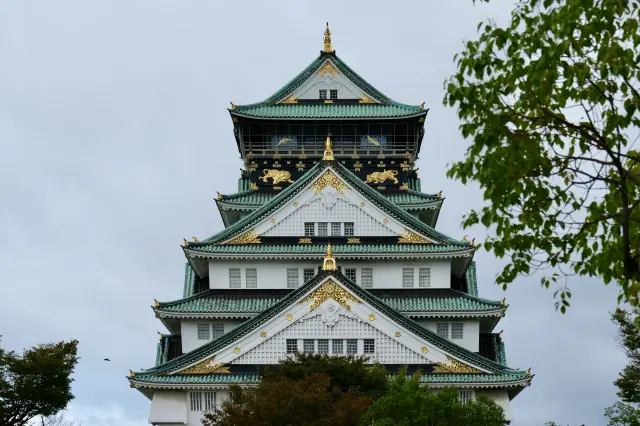
Discover Kansai & Shikoku in 3 Days: From Osaka Castle to Tokushima’s Awa Odori Dance
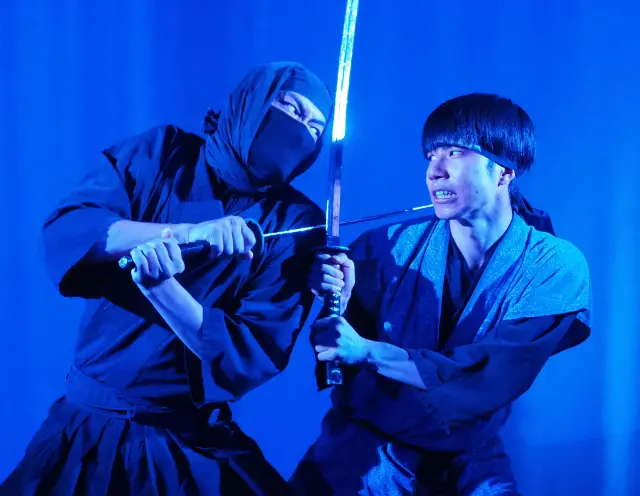
5 Local Experiences Not Found in Guidebooks: Osaka City Edition

5 Local Experiences Not Found in Guidebooks: Osaka Edition
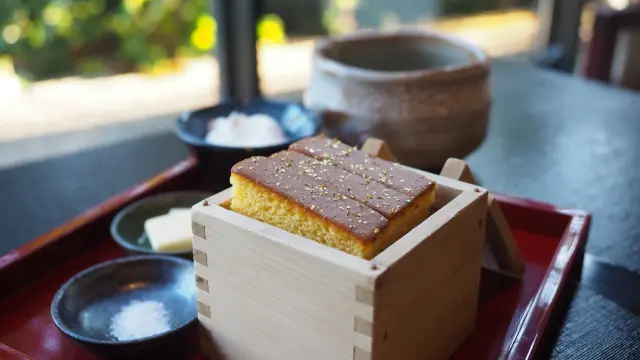
5 Local Experiences Not Found in Guidebooks: Sakai City, Osaka Edition
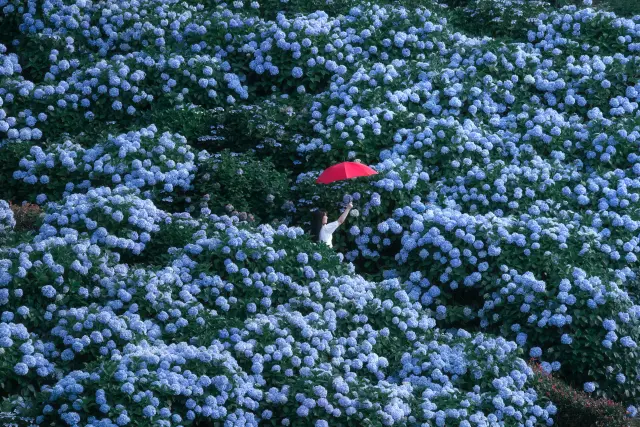
Not Just Cherry Blossoms! 4 Parks for Capturing Stunning Floral Displays
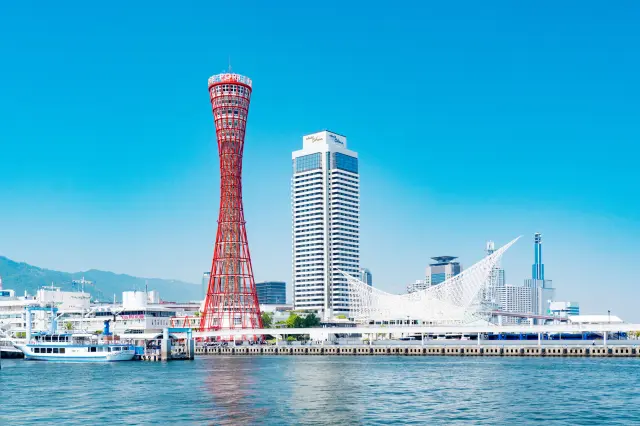
3 Memorable Scenic Spots in Kansai for Enjoying the Waterfront

6 Value Transportation Passes for Traveling Around Kansai
